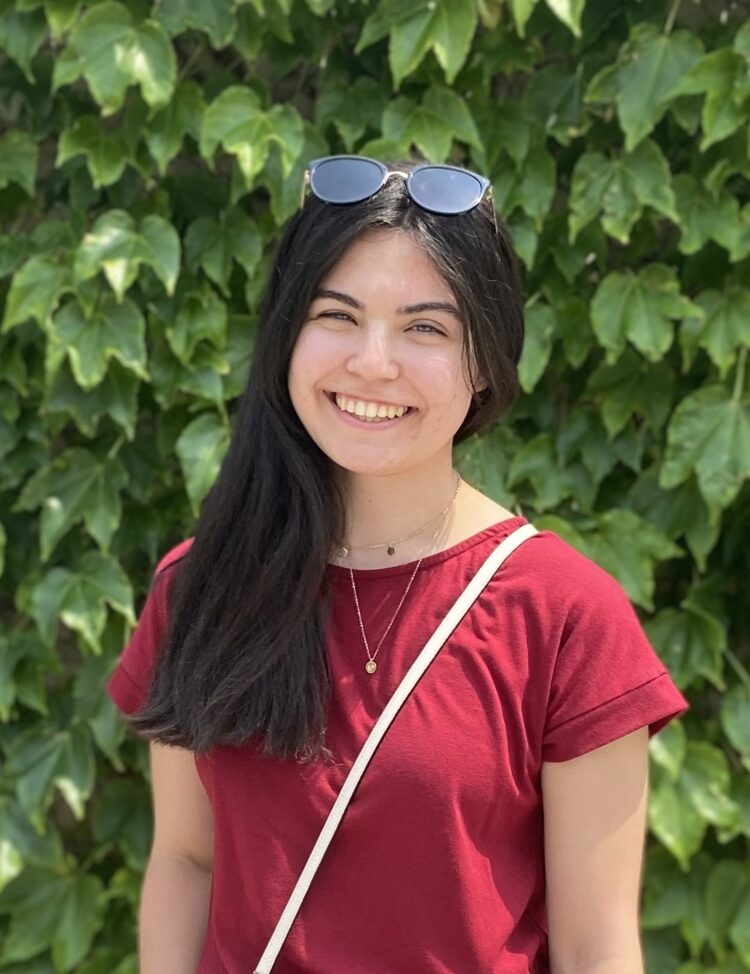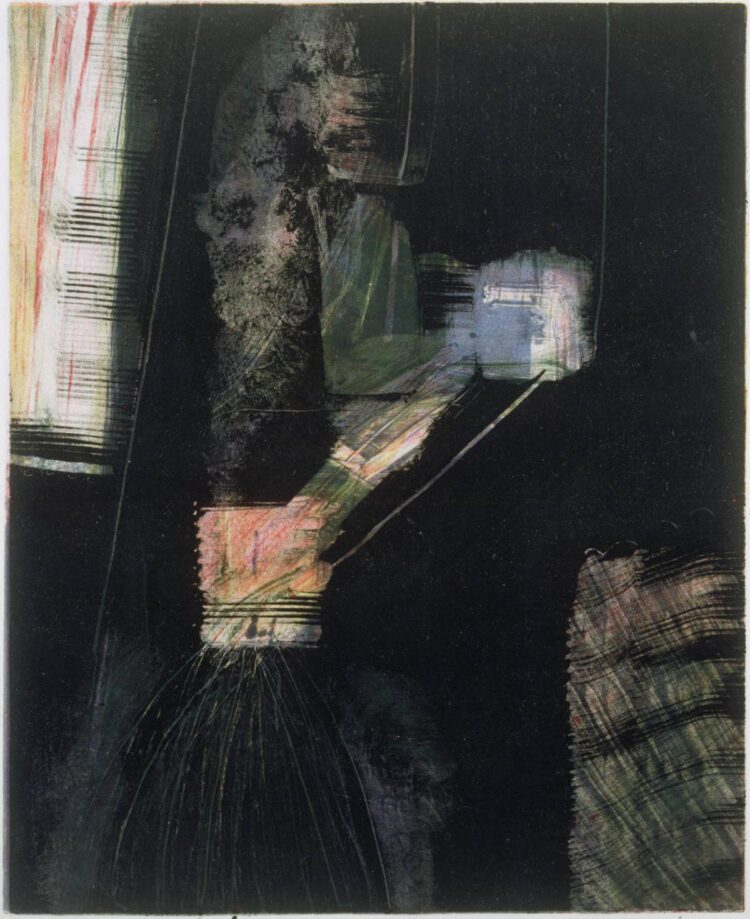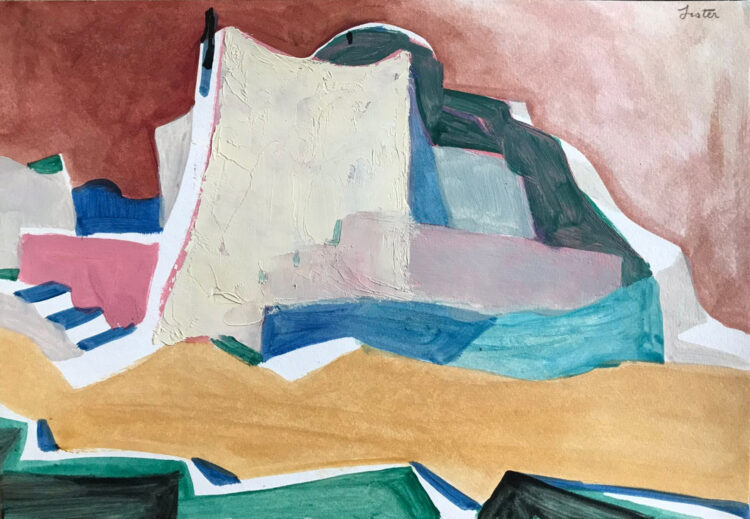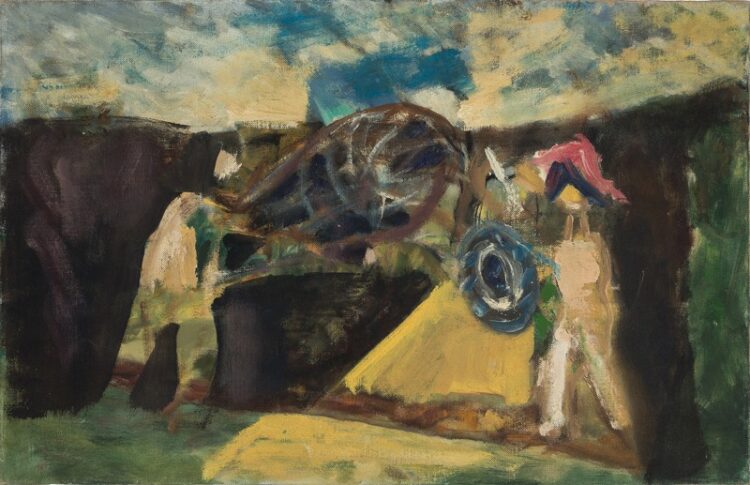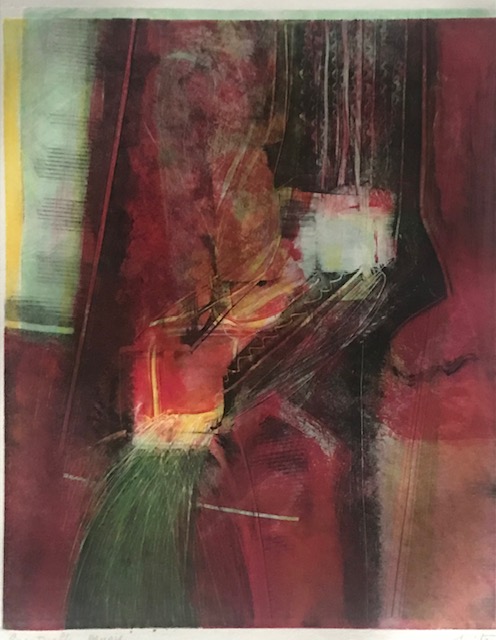Our spring 2022 interns reflect on the projects they’ve been working on and what they’ve learned during their time at The Phillips Collection.

Emily Roberson, American University
“My name is Emily Roberson and I am the Curatorial Intern. My main project has been researching female artists from the Harlem Renaissance. I’ve really enjoyed visiting institutions in Washington, DC, to conduct primary and secondary source research. Many of the artists I’m studying have received very little scholarly attention, so it’s exciting to be working on a project that will really contribute to the conversation about their lives and work. I’m a second-year art history master’s student at American University, and my research specialization is 18th- and 19th-century European art. I’m especially interested in feminist approaches to art history and studying under-researched artists. I moved to Washington, DC, during the pandemic, so I still feel like I have a lot of the city to explore, but I keep returning to the Phillips because the increasing focus on under-represented artists is refreshing and inspiring to me. I also really value the emphasis on transcultural and diachronic exhibitions that connect modern and contemporary artists in creative ways.”

Gabriela Sepulveda Maiz, George Washington University
“Hi! My name is Gabriela Sepulveda and I’m the Community Engagement Intern. I’m originally from Puerto Rico, and moved to DC in August 2020 for my master’s in Museum Studies at George Washington University. I love birdwatching, running, hiking, and dancing. I’m interested in moving museums toward deeper and more meaningful engagement with their surrounding communities. As the Community Engagement Intern, I create, develop, and design the wellness kits we distribute to the community. It’s been an intellectually enriching process and I’ve been honored to meet and interact with the community directly.”
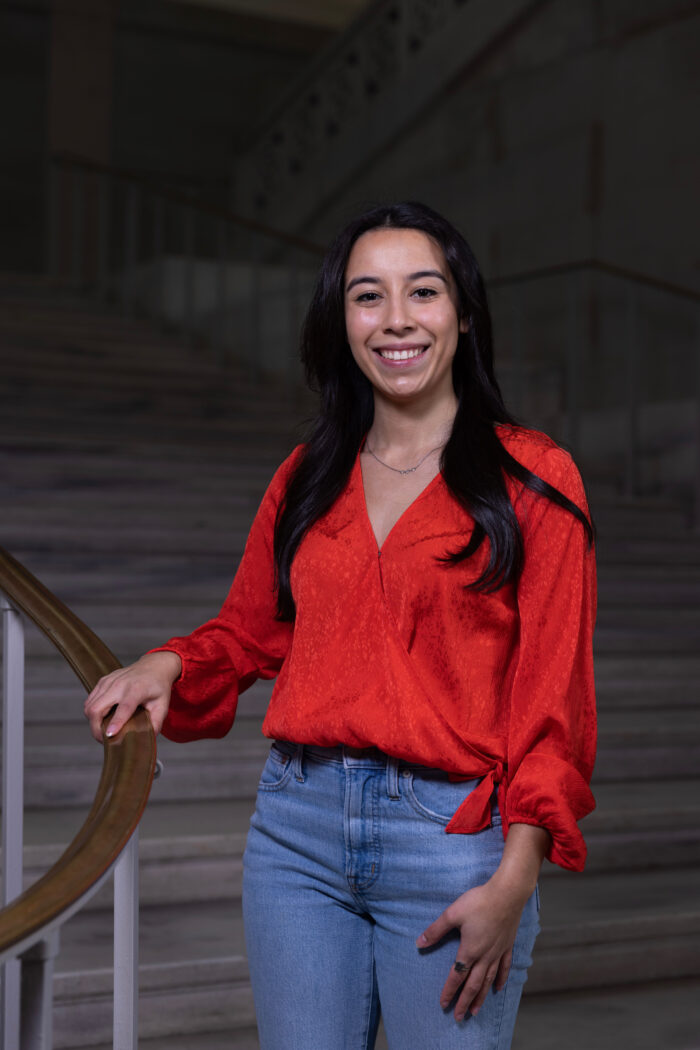
Adriana Vergara, George Washington University
“I am Adriana Vergara, a graduating senior at The George Washington University, minoring in Italian and majoring in art history. This spring, I have been working as the Contemporary Art Conservation intern under the mentorship of Associate Conservator Patricia Favero. During my internship I created documentation for the time-based media works in the collection. Specifically, I chose to focus on the work Transfigured Night by John Akomfrah because I had the opportunity to see it on display at The Phillips Collection last spring and I wanted to learn more about the work and aid in its conservation. Throughout this internship I learned that the museum is truly a collaborative environment, and that each department is eager to help the others succeed. This internship has also pushed me to think more deeply about what characteristics are most important to an artwork’s identity and it has allowed me to better understand the complexities of conserving time-based media. As an aspiring conservator, this has truly been an invaluable experience for me.”
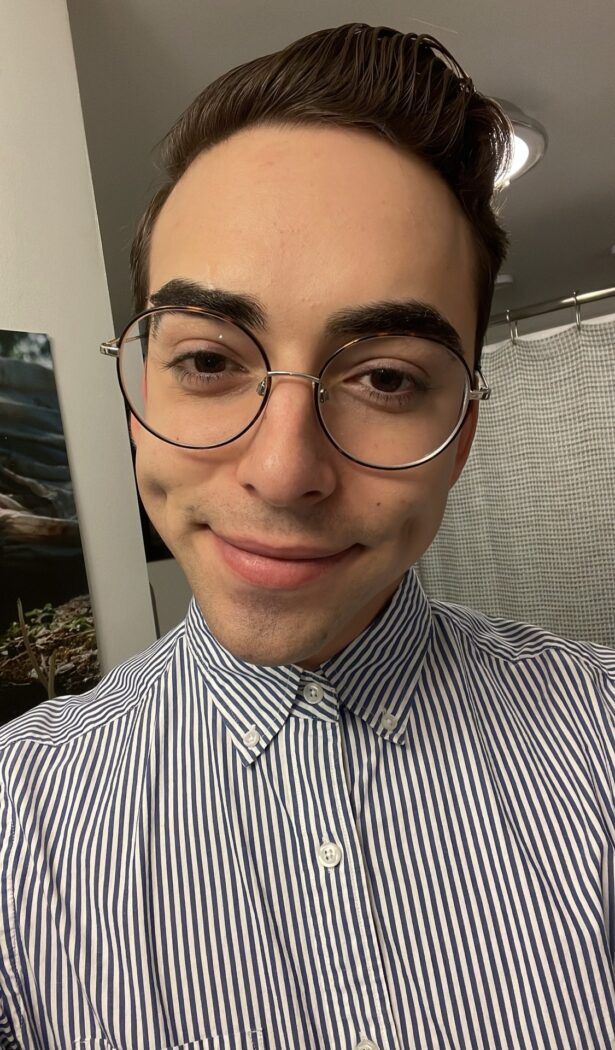
Jason Rosenberg, George Washington University
“I’m Jason Rosenberg and I am originally from South Florida. I am currently an undergraduate at The George Washington University majoring in art history and political communication. In addition to art, I also enjoy spending my time singing in GW’s a cappella group “Sons of Pitch,” riding on my school’s equestrian team, and developing film in the darkroom photo lab. This past spring, I’ve had the absolute privilege of interning in the Curatorial Department with my mentor, Vesela Sretenovic. Throughout this process, I’ve experienced the opening of an exhibition, meet local artists, learned more about the grant-funding process, delved into copyright law within fine art, and gained first-hand understanding of how a museum operates—with a special focus on the pivotal role curators play. Work I’ve done has included: writing and publishing blog posts, researching artist foundation profiles for potential funding, attending staff meetings, drafting email templates for derivative copyright permissions, and sorting through library collections. My mentor and all the staff I’ve met at the Phillips have illuminated a whole other side of the art world that I’ve never had access to. I know this opportunity will have a lasting impact as I continue my studies in graduate school and prepare for an exciting career in art law down the line. Thank you!”




